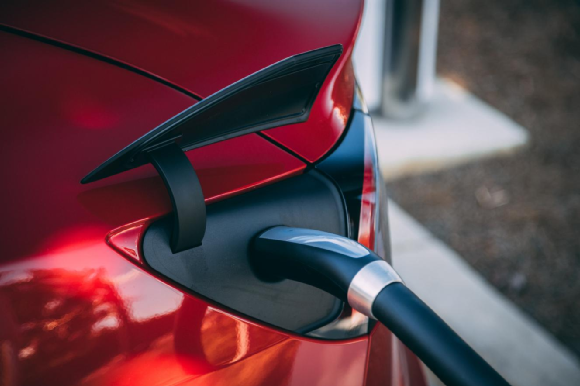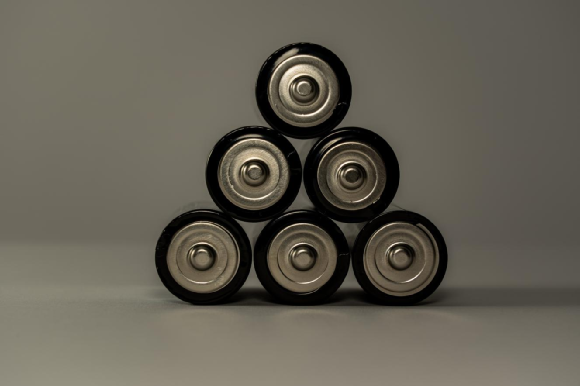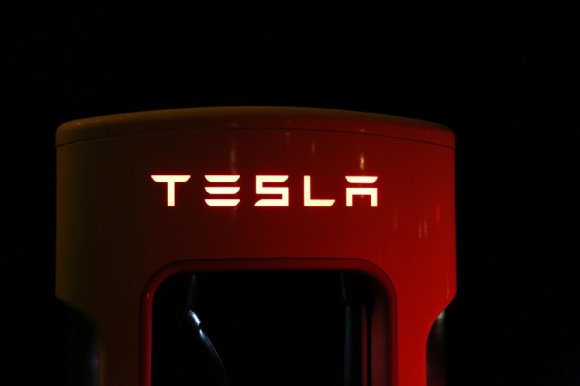It started in the battery field, and then it crossed over to build cars.
Recently, many manufacturers have begun to join this queue. In foreign countries, in addition to Volkswagen, General Motors, Daimler BMW, etc., began to build their own battery factories. Among them, in December 2019, General Motors announced that it would mass-produce batteries with LG Chem. The two parties invested US$2.3 billion to form a new joint venture, each holding 50% of the shares.
In early 2018, Daimler made it clear that it would invest more than 1 billion euros to establish a global power battery production network. So far, Daimler has planned 9 major battery factories.
In China, new energy vehicles started earlier, so this trend is also obvious. Great Wall, Geely, BAIC, and Trumpchi all hope to cover the entire process chain from battery research and development, production to processing and recycling.
It is understood that Geely began to lay out the battery sector many years ago. In September 2018, Geely invested 8 billion yuan to build a power battery base in Wuhan, Hubei. In March 2021, Geely Technology signed a cooperation agreement with Ganzhou City. It plans to build a 42Gwh power battery project with a total investment of 30 billion yuan.
Great Wall built a battery project team internally in 2012. In 2018, Honeycomb Energy was spun off from Great Wall Motor Group and started to operate independently. Currently, Honeycomb Energy’s new projects such as the third phase of 6GWh in Changzhou Jintan, 20GWh in Suining, Sichuan and 20GWh in Huzhou, Zhejiang have started construction one after another.
In addition to capital, technology is more important for self-built battery factories. At present, most host manufacturers adopt two methods: one is through research and development or the purchase of battery technology patents, they generally purchase batteries from battery suppliers, and PACK battery packs are produced by themselves; the other is to establish with third-party battery factories Joint venture companies, such as CATL and FAW, GAC, Geely, SAIC, Dongfeng and many other auto companies set up joint ventures, Volkswagen China has invested in Guoxuan Hi-Tech, and Mercedes-Benz has invested in Funeng Technology.
The entry of many participants has also accelerated the progress and differentiation of battery technology. Currently,
In the face of sudden and substantial growth, although battery manufacturers have already deployed ahead of schedule, they still appear “surprised”, causing many car companies to be forced to cut production. It is understood that in April 2019 and January 2020, Audi e-tron reduced production twice due to battery supply problems, and the release of the second E-tron model was also forced to postpone; Mercedes-Benz’s pure electric SUV model was due to power batteries. Insufficient supply, can only postpone the delivery plan; in February 2020, Jaguar’s first electric car I-PACE also stopped production for a week.
The domestic situation is not much better. Weilai Automobile, Xiaopeng Automobile, Geely Geometry and others have also fallen into the dilemma of battery shortage. Among them, Li Bin said on the conference call of Weilai’s 2020 annual report that the battery supply, especially the 100-degree battery that Weilai needs, is less than they expected. The battery supply is indeed a bottleneck, and it is estimated that it will not be able to meet their requirements until July.
In the next few years, production capacity (especially high-end production capacity) will continue to face gaps. South Korean market research organization SNE Research predicts that by 2023, the demand for power batteries for new energy vehicles is expected to reach 406GWh, and the supply is expected to be 335GWh, with a gap of about 18%; by 2025, the supply gap will reach about 40%.
In order to ensure a stable battery supply, host manufacturers have sought to change. Mainframe manufacturers, which have always been strong in the supply chain, have recently suffered from a “stuck neck” due to successive setbacks in chip and battery production capacity.
Another very important consideration is cost. When the Volkswagen Group built its own battery plant, it said that scale is more important in the era of electric vehicles than in the era of fuel vehicles. The real difference between future products lies in whether the product has cost advantages, whether it has high standards, high quality, and whether it has a global scale. Volkswagen predicts that the use of standard batteries can reduce the cost of mass-produced models by 30%, and the cost reduction ratio for entry-level models will reach 50%.
It is understood that the battery is the most expensive component, accounting for more than 25% of the total vehicle cost. In order to profit from the entire vehicle, car companies must control the cost of batteries. It is understood that the Volkswagen Group will sell 9.157 million vehicles in 2020, with operating income of 222.9 billion euros, and an operating profit margin of 4.8% (7.6% in 2019). Cui Dongshu said that if there is no profit from the battery, the sales profit of the Volkswagen Group will be greatly reduced, and its value will also be sharply reduced.
However, whether self-built battery factories can really reduce costs is mainly due to the demand for electric vehicles. Only when the demand is large enough, the car companies willConsider building a battery factory independently and be able to maintain continuous technological progress. Ford has said that its own battery factory is necessary only if the annual output reaches 100,000 to 150,000 sales.
In the era of fuel vehicles, although professional division of labor was also emphasized, they also paid great attention to the control of core components. For example, many main engine manufacturers built their own engine plants and gearbox plants to achieve integrated control.
Looking at the history, vertical integration and professional division of labor have led the way at different stages, but what remains unchanged is that companies hope to improve the stability and efficiency of the supply chain. Today, the automotive industry has entered an era of great changes, and history once again throws the company this multiple choice question. However, how to find a good balance between vertical integration and professional division of labor is obviously much more complicated in the past.


